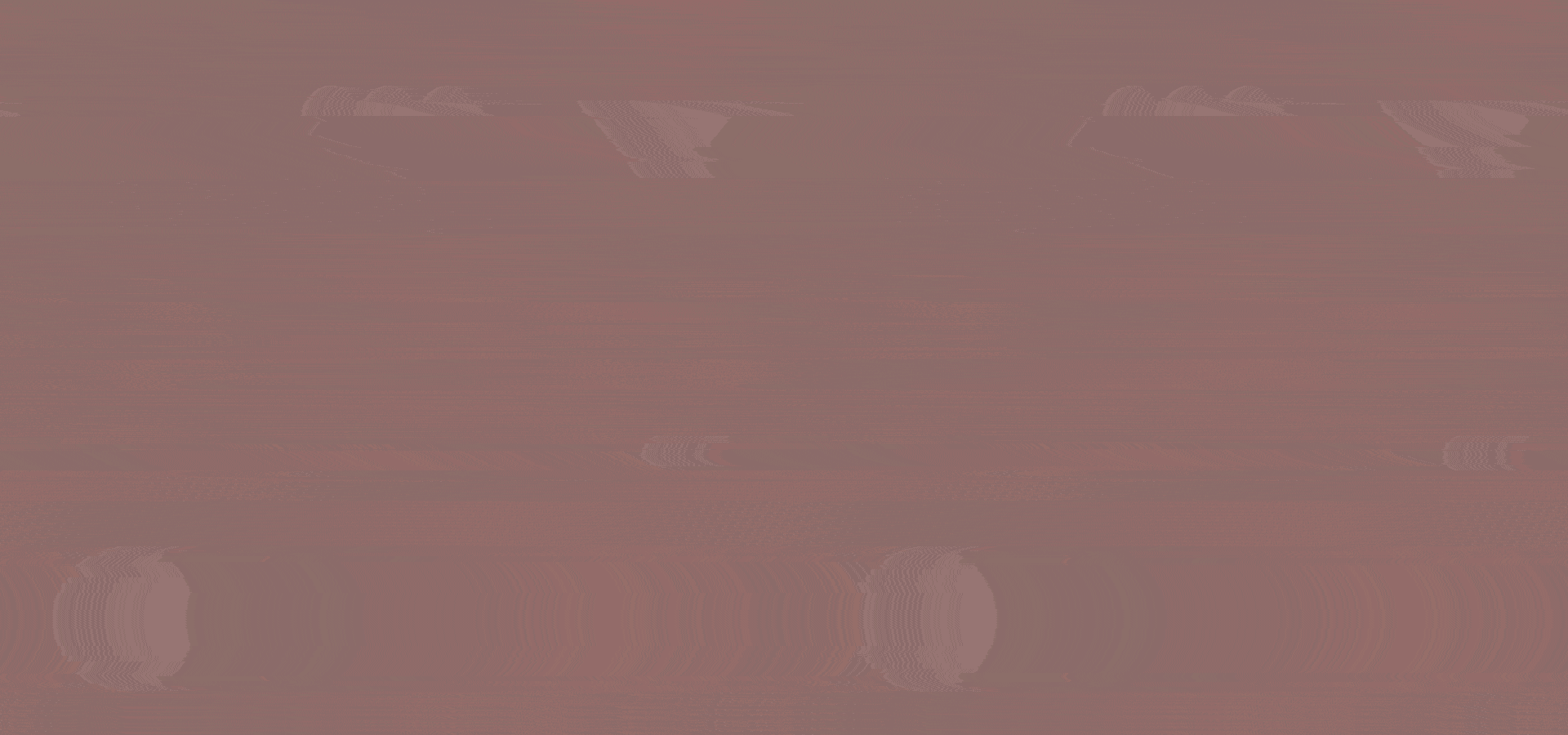
Petroleum Development Oman
Industry: Petroleum
Wayfinding and Signage Design
Petroleum Development Oman (PDO) is Oman’s largest oil and gas company, responsible for over 70% of the country’s crude oil production. It partners with international oil companies such as Shell and Total.
PDO houses 8,900+ employees from 60 different nationalities at its world-class township RAS AL HAMRA (RAH). It has over 1,100 housing units and facilities like Golf Course, Beach Club House, Medical Centre, School, Public and Private Beaches, Mosque, Hotel, and Retail Spaces. This prestigious township needed a world-class way-finding and signage system to facilitate navigation.
IndiDesign was commissioned to develop way-finding and signage for the massive 280-hectare township.
IndiDesign deployed its international team and stationed a dedicated team at the site in Oman to thoroughly analyse the requirements. It included studying Oman’s architecture, forms, colours, and cultural motifs and interacting with the people who would use the way-finding system.
Based on the site analysis and requirements, IndiDesign developed multiple concepts, testing different materials and textures. We considered various combinations of colours, typography, and symbols to ensure the signs were functional, aesthetically pleasing, and conformed to Oman’s existing cultural palette.
Deliverables included directional, informational, and identification signs designed to be easily readable and recognisable under different conditions.
We divided the township into four sectors for efficiency. We made additional recommendations based on the area zoning, layering of roads and pathways, and information breakdown that would improve navigation and add more utility.
Project implementation involved creating detailed design drawings and specifications for each type of sign. We also delivered a way-finding and signage manual to ensure consistency in execution over ten years.
The result was a comprehensive and practical way-finding and signage system that was modern, functional, visually appealing, and culturally inclusive.


Petroleum Development Oman
Industry: Petroleum
Wayfinding and Signage Design


Petroleum Development Oman
Industry: Petroleum
Wayfinding and Signage Design
Petroleum Development Oman (PDO) is Oman’s largest oil and gas company, responsible for over 70% of the country’s crude oil production. It partners with international oil companies such as Shell and Total.
PDO houses 8,900+ employees from 60 different nationalities at its world-class township RAS AL HAMRA (RAH). It has over 1,100 housing units and facilities like Golf Course, Beach Club House, Medical Centre, School, Public and Private Beaches, Mosque, Hotel, and Retail Spaces. This prestigious township needed a world-class way-finding and signage system to facilitate navigation.
IndiDesign was commissioned to develop way-finding and signage for the massive 280-hectare township.
IndiDesign deployed its international team and stationed a dedicated team at the site in Oman to thoroughly analyse the requirements. It included studying Oman’s architecture, forms, colours, and cultural motifs and interacting with the people who would use the way-finding system.
Based on the site analysis and requirements, IndiDesign developed multiple concepts, testing different materials and textures. We considered various combinations of colours, typography, and symbols to ensure the signs were functional, aesthetically pleasing, and conformed to Oman’s existing cultural palette.
Deliverables included directional, informational, and identification signs designed to be easily readable and recognisable under different conditions.
We divided the township into four sectors for efficiency. We made additional recommendations based on the area zoning, layering of roads and pathways, and information breakdown that would improve navigation and add more utility.
Project implementation involved creating detailed design drawings and specifications for each type of sign. We also delivered a way-finding and signage manual to ensure consistency in execution over ten years.
The result was a comprehensive and practical way-finding and signage system that was modern, functional, visually appealing, and culturally inclusive.


Petroleum Development Oman
Industry: Petroleum
Wayfinding and Signage Design













